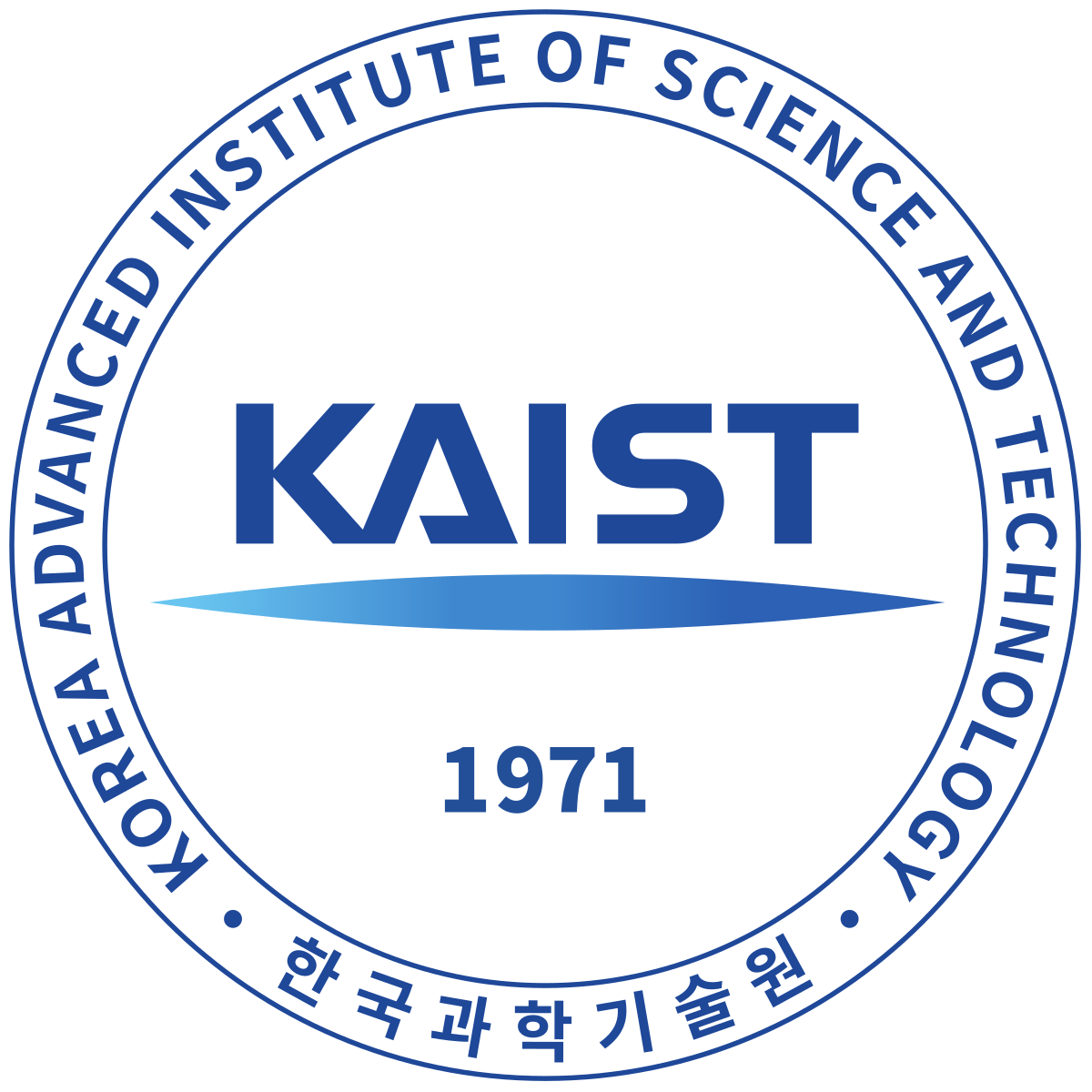Part 2 of 2 parts (Please read Part 1 first)
The critical challenge for the MIT team was to find a practical remediation process that was exclusively sensitive to uranium and could extract it from solution without producing toxic residues. Earlier research had shown that while electrically charged carbon fibers could remove uranium from water, the results of those experiments were partial and imprecise.
Wang managed to solve these problems partially due to her work on the behavior of graphene foam used in lithium-sulfur batteries. She said, “The physical performance of this foam was unique because of its ability to attract certain chemical species to its surface. I thought the ligands in graphene foam would work well with uranium.”
The MIT team discovered that they could turn the foam into a “uranium magnet.” By sending an electric charge through the foam to split water and release hydrogen, they could increase the local pH and induce a chemical change that drew uranium out of solution. The researchers found that the uranium would attach itself to the surface of foam where it formed a new type of crystal uranium hydroxide. When the electric charge was reversed, the new mineral slipped easily off the foam.
The MIT team had to carry out hundreds of experiments in order to get the chemical composition and electrolysis just right. Helal said, “We kept changing the functional chemical groups to get them to work correctly.” Wang said, “And the foam was initially quite fragile, tending to break into pieces, so we needed to make it stronger and more durable.”
This uranium filtration process is clear, simple and efficient. According to Li, “Each time it’s used, our foam can capture four times its own weight of uranium, and we can achieve an extraction capacity of 4,000 mg per gram, which is a major improvement over other methods. We’ve also made a major breakthrough in reusability, because the foam can go through seven cycles without losing its extraction efficiency.” The graphene foam functions just as well in seawater where it can reduce uranium concentration from three parts per million to twenty parts per billion. Other ions in the brine do not interfere with filtration.
The MIT team believes that its low-cost, effective process could become the basis of a new kind of home water filter that would fit on faucets like commercial filter brands. Li said, “Some of these filters already have activated carbon, so maybe we could modify these, add low-voltage electricity to filter uranium.”
Ho Jin Ryu is an associate professor of nuclear and quantum engineering at the Korea Advanced Institute of Science and Technology. He was not involved in the MIT research. He believes that the demonstration of graphene foam reusability is a “significant advance. He said, “The uranium extraction this device achieves is very impressive when compared to existing methods. The technology of local pH control to enhance uranium deposition will be impactful because the scientific principle can be applied more generally to heavy metal extraction from polluted water.”
The MIT team has already begun investigation of broader application of their method. Li said, “There is a science to this, so we can modify our filters to be selective for other heavy metals such as lead, mercury, and cadmium.” He also notes that radium is another significant danger for locations in the U.S. and elsewhere that lack resources for reliable drinking water infrastructure. He noted, “In the future, instead of a passive water filter, we could be using a smart filter powered by clean electricity that turns on electrolytic action, which could extract multiple toxic metals, tell you when to regenerate the filter, and give you quality assurance about the water you’re drinking.”
Radioactive Waste 812 – MIT Researching Removal Of Uranium From Water With Graphene Oxide Foam – Part 2 of 2 Parts

